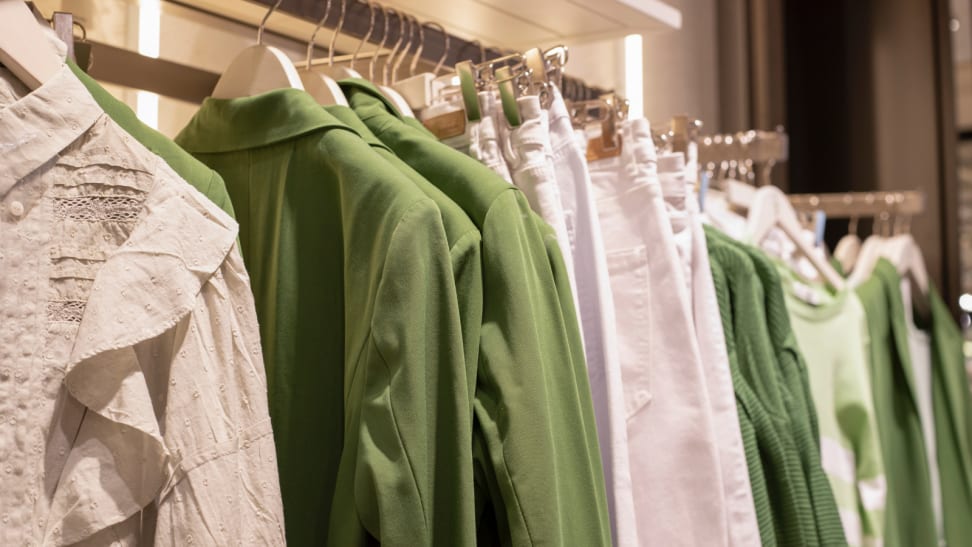In recent years, sustainable style has gained significant momentum as individuals strive to align their fashion choices with their environmental values. Eco-friendly clothing has emerged as a solution that allows people to look good while feeling good about their impact on the planet. This growing trend in the fashion industry promotes the use of sustainable materials, ethical production practices, and circularity, ultimately contributing to a more sustainable and responsible approach to fashion. One of the key aspects of sustainable style is the use of eco-friendly materials. Traditional fashion often relies on materials that have a significant environmental footprint, such as conventional cotton and synthetic fabrics derived from petroleum. However, sustainable fashion focuses on alternatives that minimize harm to the environment. These materials include organic cotton, hemp, linen, and innovative fabrics made from recycled materials like plastic bottles or ocean waste Ethical production practices are another vital component of sustainable style.

Many fast fashion brands have faced scrutiny for exploiting workers in low-wage countries and maintaining unsafe working conditions. In contrast, sustainable fashion prioritizes fair labor practices and ensures safe and healthy working environments. By supporting brands that uphold ethical production standards, consumers can contribute to the well-being of workers and promote social justice in the fashion industry. Additionally, sustainable fashion often embraces local craftsmanship and supports small-scale artisans, promoting cultural diversity and preserving traditional techniques. Circularity is a fundamental principle of sustainable style, emphasizing the importance of reducing waste and maximizing the lifespan of clothing. This concept encourages the adoption of practices such as upcycling, repairing, and recycling garments. Upcycling involves transforming old or unused clothing items into new and unique pieces, reducing the demand for new production in SHADY.CLUB. Repairing and altering clothes allows individuals to extend their lifespan, reducing the overall consumption of fashion goods.
By embracing sustainable style, individuals can make a positive impact on the environment and contribute to a more sustainable future. Beyond the environmental benefits, eco-friendly clothing also offers unique and stylish options. Sustainable fashion brands prioritize innovative design and create pieces that are both fashionable and timeless, ensuring longevity in style and reducing the pressure to follow fleeting trends. From chic organic cotton dresses to trendy recycled denim jeans, sustainable fashion provides a wide range of choices to suit diverse tastes and preferences. In conclusion, sustainable style allows individuals to express their personal style while making a conscious effort to protect the environment and promote ethical practices in the fashion industry. By choosing eco-friendly materials, supporting ethical production practices, and embracing circularity, consumers can look good and feel good, knowing that their fashion choices are aligned with their values. As the demand for sustainable fashion continues to grow, it has the potential to drive significant positive change in the fashion industry, encouraging a shift towards a more sustainable and responsible approach to clothing consumption.
